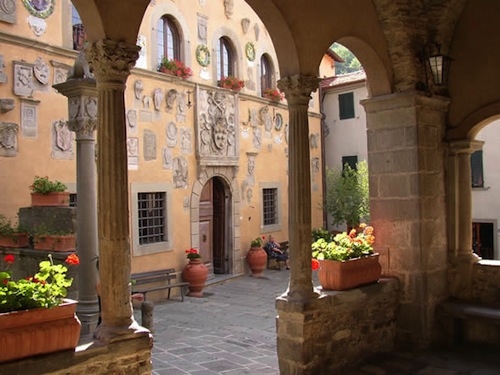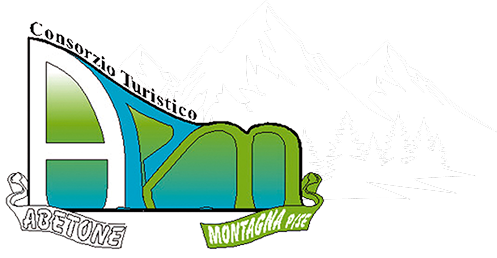Cutigliano

On a spur near Mount Cuccola, surrounded by thick woods, stands Cutigliano, a village of medieval origin, a place that still today preserves almost intact the evidence of its past. Built along an important road, already documented in the Lombard era, which crossed the Passo della Croce Arcana to head north, Cutigliano developed after 1368, when, under Pistoia, it became the seat of the Mountain Magistracy. The town, characterized by narrow streets flanked by ancient buildings and monuments, is a prestigious summer resort, which completes its tourist offering with the Doganaccia ski resort, located on the Apennine ridge. The focal point of the village is the Town Hall square dominated by the Palazzo Pretorio or dei Capitani della Montagna, built at the end of the fourteenth century and expanded in the following centuries. The passage of time on these ancient walls is documented by the numerous stone and polychrome terracotta coats of arms of the Captains called to hold the coveted office, while a large coat of arms of the Medici family, surmounted by the papal insignia of Leo X, overlooks the entrance portal. Another symbol of Florentine dominance is the statue of Marzocco placed on the stone column in the square, a copy of the original sculpture that is preserved in the facing Renaissance loggia, a building that completes the architectural furnishings of this precious urban space, where it is possible to admire a sixteenth-century fresco with the Madonna and Child. The sound of the water flowing from the small stone fountain accompanies the visitor to the nearby church of the Madonna di Piazza where another glazed ceramic work by Benedetto Buglioni is preserved. Interesting examples of seventeenth-century Florentine painting can be admired in the church of San Bartolomeo, just outside the town. The surroundings of Cutigliano offer the possibility of walks and excursions of notable environmental value such as Lake Scaffaiolo, the Melo, Pianosinatico, Pian di Novello and Sestaione, with the beautiful grand-ducal fountain that still today brings refreshment to tourists who cross these reliefs. Of particular interest are Pian degli Ontani, birthplace of the poet shepherdess Beatrice Bugelli, and Rivoreta, a small village where the Ethnological Museum of the people of the Pistoia Apennines is located (texts by the Tourism Service of the Province of Pistoia).

 Italiano
Italiano